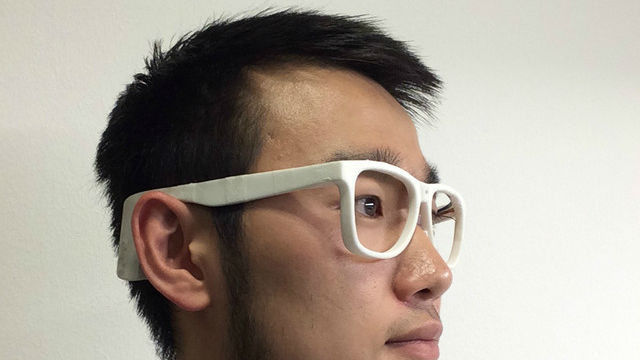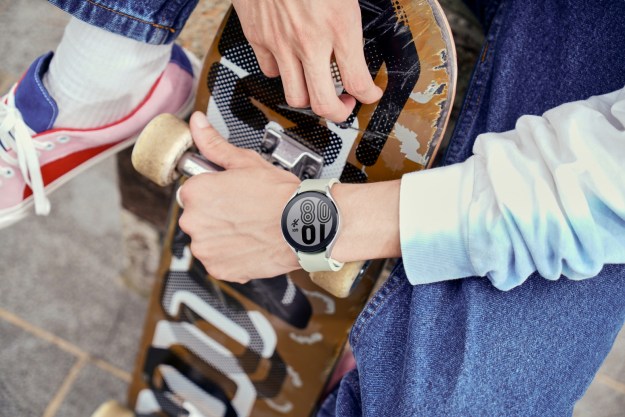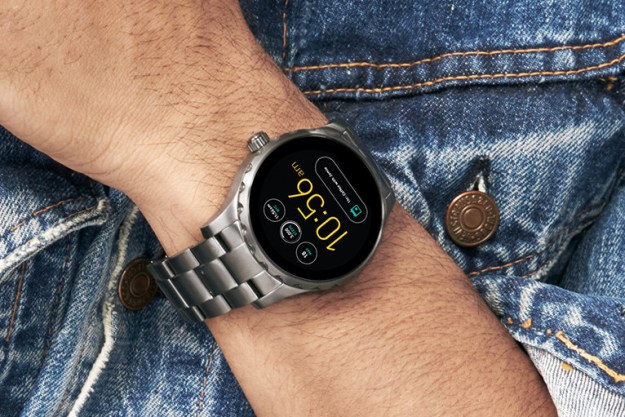
Developed by researchers at Germany’s University of Passau as part of a larger WISEglass project, the so-called Diet Eyeglasses sense chewing-related muscle activity in the head using in-built electromyography (EMG) electrodes integrated into the glasses’ frames. These electrodes detect food chewing by analyzing signal bursts produced by muscle contractions. The results can reveal exactly when and how much food wearers are chowing down on.
Even more impressively, using smart algorithms the sensors can categorize which foods are being gobbled. “We derive features from the sensors’ measurements and apply machine learning techniques to categorize the foods consumed,” researchers Rui Zhang and Professor Oliver Amft tell Digital Trends. “The forces required to break apart food differ according to the food material — for example, biscuits are crunchy and jelly beans are chewy. While different food types result in varying EMG signals our algorithms can retrieve the chewing cycles accurately from the sensor data.”
Zhang and Amft say that Diet Eyeglasses could help address the challenge of dietary monitoring in real life. “To date, people are recording food intake manually, for example using smartphone apps,” they continue. “The compliance to manually log every food intake is known to be very low. Proper diet-related guidance, however, requires continuous information on dietary behavior. In the future, the Diet Eyeglasses may replace manual logging. Compared to dedicated recording devices worn on the head or neck, regular-look eyeglasses are convenient to use and not stigmatizing. They will be applicable for for people concerning more about personal health status as well as patients of the various diet-related diseases.”
How well they are able to deal with the number of ingredients they’ll be called on to categorize remains to be seen, but Diet Eyeglasses could certainly be a useful complement to reveal portion sizes and surreptitious snacking between meals. “We are still perfecting our prototype and adding more features to it,” the researchers conclude. “Once we get satisfying results, we plan to bring the technology to the market so that users could benefit from this technology.”
Sign us up!


